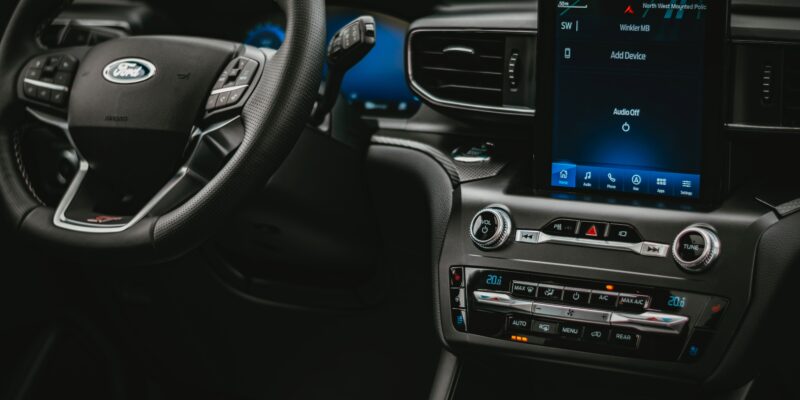What Cars Will Be Affected By 3G Shutdown?
These days, there are few vehicles in production that don’t use some level of wireless technology. Whether it be built-in Wi-Fi, Apple Car Play, or autonomous functions, the truth is new car tech has transformed the way we drive. Until recently, there’s never been concern of whether technology has superseded production. But now that 5G has rolled out, it’s time to bid adieu to outmoded networks. In particular, the 3G connectivity that profoundly changed the way we communicate many years ago. Read on to learn all about the 3G shutdown, including ways you can prepare if it directly affects your vehicle.
Why is 3G being discontinued?
As technology evolves, older networks become obsolete. Better telecommunications come into play making the old stuff much less functional or necessary in modern times. We watched this happen in 2017 when 2G cellular service was effectively phased out. Now we’re seeing it again with the 3G shutdown in 2022. Those who are unfamiliar with network connectively might be wondering why you have to cut one out to gain the other. Not so surprisingly, it has everything to do with improving network efficiency and the growing demand for internet traffic.
Here comes 5G coverage. In the last few years, the hype surrounding this highly anticipated network has stirred up a number of mixed reviews. Nonetheless, every industry can now welcome its use, especially the automotive sector. Automakers can now use 5G technology to improve driverless technology and help vehicles communicate better with other vehicles while all improving driver safety. While all of this is exciting, what happens now to all the older models that use 3G technology?
Sad to say, those everyday functions will lose efficacy in the upcoming months.
What vehicles use 3G?
There are several vehicles, both commercial and conventional grade, that still use 3G technology. The main utility of the 3G network has been for GPS tracking and diagnostic systems. For instance, a company will use 3G to monitor a fleet’s location and status update as it makes deliveries across the country. On top of that, passenger vehicles use 3G for crash detection, built-in navigations, and other convenience features.
Car owners who once paid the added expense to have services like OnStar or BMW Assist will soon feel the burden of the 3G shutdown. That said, any driver who owns a vehicle between the production years of 2010 to 2021 should prepare for the deactivation of 3G. The main brands expected to experience the biggest hit include Acura, Audi, BMW, Honda, Lexus, Nissan, Porsche, Subaru, Tesla, Toyota, Volkswagen, and Volvo.
The 3G shutdown
AT&T, Verizon, and T-Mobile all announced the 3G shutdown will take place in February 2022. Now that the time is here, it’s important for every company or car owner using 3G connectivity to make adjustments for the upcoming change. Of course you’ll still be able to drive your vehicle, but certain features, specifically GPS functions, will lose function.
3G wireless defined today’s smartphone lifestyle, and now carriers are shutting it down. @JoannaStern explains how that might affect you, and why we owe 3G a debt of gratitude https://t.co/xahtwxnVfb
— The Wall Street Journal (@WSJ) January 15, 2022
All said and done, the third generation was pretty revolutionary. In fact, we can truly credit the 3G network for introducing the use of mobile maps and step-by-step directions at any place and time. Not only that, it improved how we view videos, permitted streaming, and gave us 24/7 access to internet connection. Basically, all the features we’ve come to expect as standard in current times. As we say farewell to 3G, it’s exciting to see what’s ahead with 5G advancements.
Although the 3G shutdown spells out bad news for many car owners, the advancements that 5G will bring are surely electrifying for the automotive industry.
















